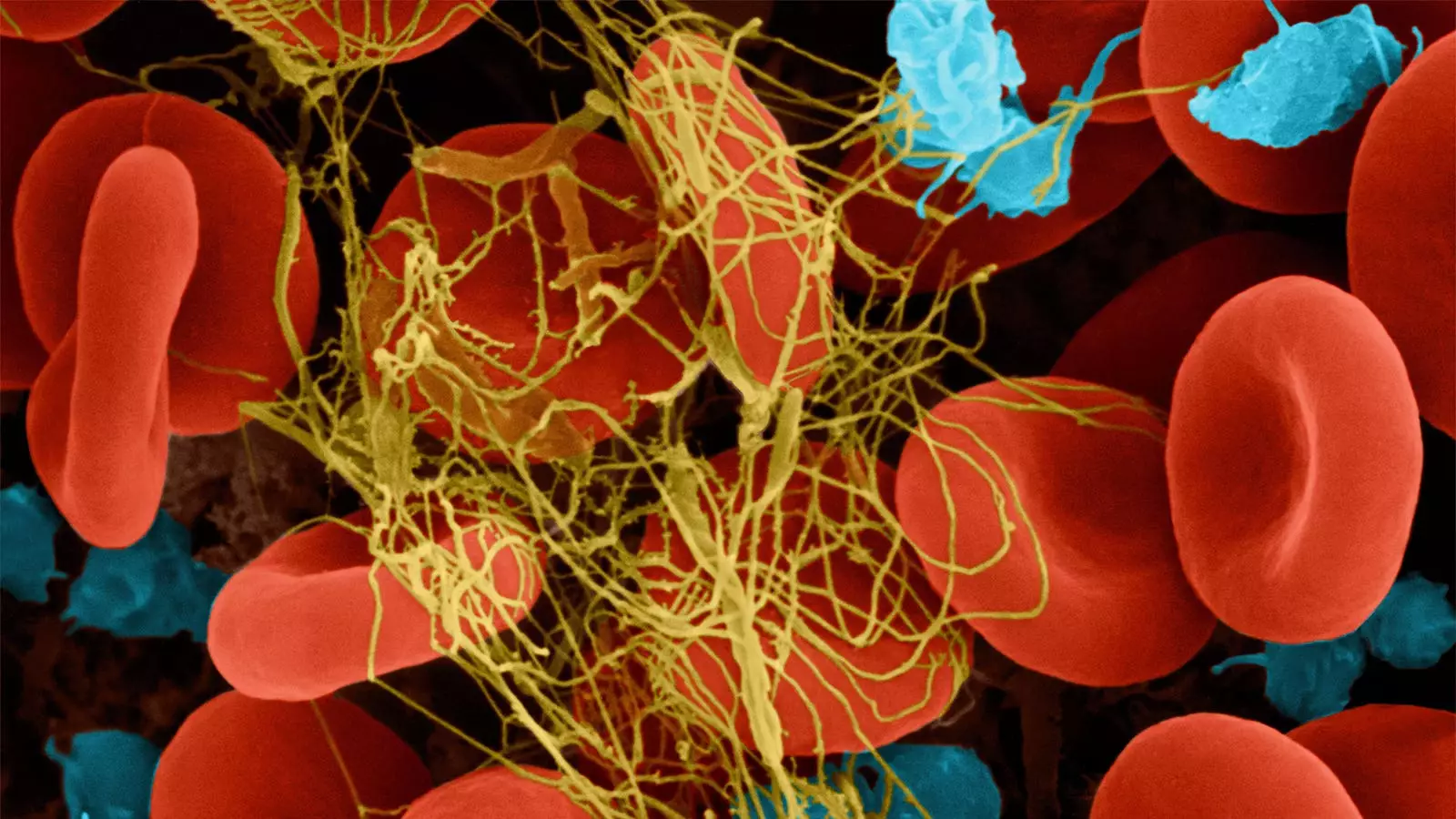Hemophilia B, a genetic disorder characterized by insufficient levels of clotting factor IX, has long posed significant challenges for those diagnosed with it. Conventional treatment often involves regular infusions of factor IX to prevent bleeding episodes, a regimen that can be burdensome and does not fully resolve the underlying issue. However, with the advent of gene therapy, a groundbreaking shift appears on the horizon. One transformative study, the BENEGENE-2 trial, reveals promising results that could redefine the standard of care for patients living with hemophilia B.
The BENEGENE-2 trial investigated the efficacy of fidanacogene elaparvovec, a novel gene therapy designed to elevate factor IX levels in patients with hemophilia B. Conducted by a team led by Dr. Adam Cuker at the Perelman School of Medicine, this pivotal study found that approximately 75% of patients were able to discontinue prophylactic factor IX therapy without experiencing an increase in bleeding rates. This breakthrough result could significantly enhance the quality of life for countless individuals struggling with this condition.
The data from the study revealed a staggering 71% reduction in the annualized rate of total bleeding episodes, complemented by an impressive 78% decrease in treated bleeding episodes. To further solidify these findings, the therapeutic impact of fidanacogene elaparvovec met the prespecified criteria for noninferiority compared to traditional factor IX prophylaxis. This remarkable clinical advancement served as a cornerstone for the therapy’s subsequent approval by the FDA.
At the heart of this innovation is the FIX-R338L variant, a modified form of clotting factor IX that plays a crucial role in achieving hemostatic competence. The therapy employs an adeno-associated virus (AAV) serotype 5 vector, delivering the gene responsible for producing this variant directly into the patient’s liver cells. This gene therapy approach is particularly captivating; it addresses the root cause of hemophilia B rather than simply managing the symptoms.
Long-term follow-up from earlier phase I-II trials had already hinted at the potential of fidanacogene elaparvovec, demonstrating sustained factor IX activity levels in the mild-hemophilia range. Thus, the results from the BENEGENE-2 trial not only corroborate previous observations but also extend the horizon of what is possible for treatment—transforming how hemophilia B could be managed in the future.
Out of the initial cohort, 45 male participants diagnosed with hemophilia B—characterized by factor IX levels of 2% or less—received a single infusion of fidanacogene elaparvovec. Following at least 15 months of careful monitoring, a decrease in the annualized bleeding rate from 4.42 episodes at baseline to just 1.28 episodes was documented. This stellar outcome transcended expectations for noninferiority and illustrated significant superiority over traditional treatment.
In terms of safety, the study reported no infusion-related serious adverse events or the emergence of factor IX inhibitors, reinforcing the therapy’s favorable benefit-risk profile. While some patients required glucocorticoid treatment due to increased liver enzyme levels or drops in factor IX activity, these occurrences were generally manageable and did not overshadow the overall positive results.
The implications of these findings could resonate far beyond the confines of the BENEGENE-2 study. Current standards of care for hemophilia B, which often involve regular intravenous injections, may soon be supplanted by this innovative gene therapy approach. The prospect of a single treatment that substantially reduces the burden of ongoing disease management is a tantalizing possibility for both patients and healthcare providers alike.
Additionally, the approval of fidanacogene elaparvovec serves as a milestone in the ongoing evolution of hemophilia treatment options. With the groundwork laid by previous gene therapies like etranacogene dezaparvovec, further advancements in this field seem achievable. As research progresses, it is imperative that stakeholders remain focused on patient-centered outcomes while exploring additional therapeutic avenues.
The BENEGENE-2 trial represents a critical juncture in hemophilia B treatment, showcasing the remarkable potential of gene therapy to modify disease trajectories fundamentally. As more patients experience the benefits of therapies like fidanacogene elaparvovec, the hope for sustained health and improved quality of life for those affected by this condition grows brighter. With continued research and commitment to innovation, the future of hemophilia treatment may indeed be a path toward cure rather than merely management.


Leave a Reply